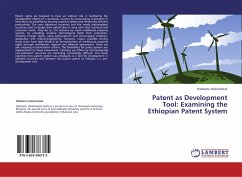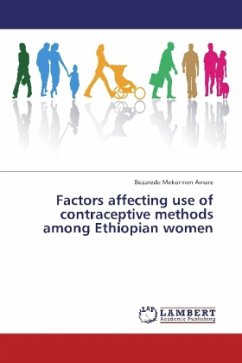Patent rights are believed to have an indirect role in facilitating the development efforts of a particular country by encouraging investment in inventions via establishing secured property system and enhancing efficient productivity. The now advanced countries and the newly industrialized countries used to design their patent laws in tune with their technical and economic needs. They do so, for instance by weak intellectual property systems, by excluding sensitive technological fields from protection, violating foreign rights, using petty-patents and encouraging imitation, adaptation and reverse-engineering. However, means available during those times have been blocked by harmonization of intellectual property rights through multilateral, regional and bilateral agreements. There are also ongoing harmonization efforts. The flexibilities for policy options are impoverished by these movements. Catching up efforts by technologically non-proficient countries are becoming increasinglydifficult. This book examines how patent system was employed as a tool for development in selected countries and whether the patent system of Ethiopia is a pro-development tool.







